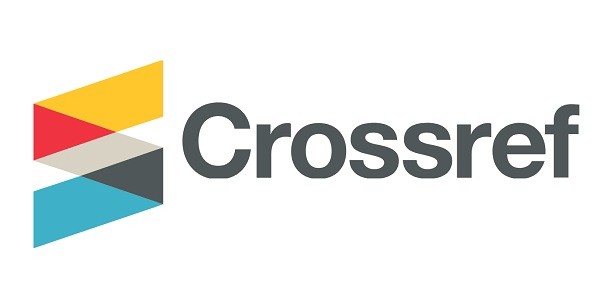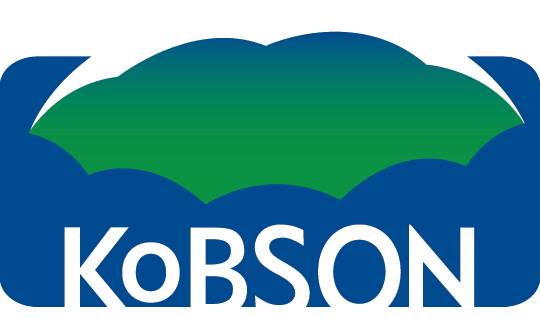DOI: 10.5937/jaes0-52539
This is an open access article distributed under the CC BY 4.0

Volume 22 article 1241 pages: 781-788
The article discusses the problem of operating an oil pipeline system in the presence of a significant number of suppliers of rheologically complex oils with different sulfur content and a large number of oil consumers with different requirements for oil quality in terms of sulfur and other parameters. The problem of determining optimal cargo flows in such a system is discussed. A method is proposed for determining optimal cargo flows in a branched oil pipeline system, providing a global optimum in terms of minimizing energy costs for pumping. The article provides an algorithm for implementing the method using a conditional example.
The research was supported by a grant from the Eurasian Scientific and Educational Center (project No. ENOTs-06-22).
1. JSC Joint-Stock Company for Oil Transportation «Transneft». (2008). The pipeline industry is 130 years old! Pipeline oil transport, No. 8, 12-20.
2. Eisner P., Langbauer C., Fruhwirth R. (2021). Sucker rod pump downhole dynamometer card determination based on a novel finite element method. Liquid and Gaseous Energy Resources, Vol. 1, No. 1, 2-20, DOI: https://doi.org/10.21595/lger.2021.22004
3. Komsomolskaya Pravda. There is too much sulfur in Russian oil. https://www.ufa.kp.ru/daily/26588/3604237, date of access: 2023-09-06.
4. Langbauer C., Tehrani F.F., Mastobaev B. (2021). A holistic review on hydraulic fracturing stimulation laboratory experiments and their transition to enhanced geothermal system field research and operations. Liquid and Gaseous Energy Resources, Vol. 1, No. 1, 30-63, DOI: https://doi.org/10.21595/lger.2021.22043
5. Langbauer C., Langbauer T., Fruhwirth R., Mastobaev B. (2021). Sucker rod pump frequency-elastic drive mode development – from the numerical model to the field test. Liquid and Gaseous Energy Resources, Vol. 1, No. 1, 64-85, DOI: https://doi.org/10.21595/lger.2021.22074
6. Yavorsky D.O. (2020). Improving the quality of the oil compounding process. Product quality: control, management, improvement, planning: collection of scientific papers of the 7th International Youth Scientific and Practical Conference, Kursk: Southwestern State University, Vol. 3, T. 3, 427-430.
7. Tashbulatov R. R. (2019). Prediction of viscosity-temperature characteristics of the flow of mixtures during the joint transportation of various oils in the system of main oil pipelines. Dissertation of the Candidate of Technical Sciences, Ufa: USPTU, 0-135.
8. Rossiyskaya Gazeta. Oil grades are formed from all fields of Russia. https://rg.ru/2019/07/22/sorta-nefti-sformirovany-so-vseh-mestorozhdenij-rossii.html, date of access: 2023-01-29.
9. Grishanin M. (2016). Oil quality management: information support. Oil pipeline transport, No. 4, 4-11.
10. Losenkov A.S., Yushchenko T.S., Strelnikova S.A., Michkova D.E. (2017). Optimization of planning of oil cargo flows in branched systems of main oil pipelines. Automation in industry, No. 8, 16-22.
11. Sagadeeva A., Valeev A. (2021). The application of ferromagnetic additives to increase the hydraulic efficiency of main oil pipelines. Liquid and Gaseous Energy Resources, Vol. 1, No. 1, 86-90, DOI: https://doi.org/10.21595/lger.2021.22076
12. Valeev A., Siraeva A., Chen Y. (2022). Application of clustering algorithms to detect abnormal state of pumping equipment. Liquid and Gaseous Energy Resources, Vol. 2, No. 2, 73-79, DOI: https://doi.org/10.21595/lger.2022.23079
13. Vyazunov E.V. (1969). Calculation of the optimal mode of pumping through the main pipeline when regulating pressure by throttling the flow. Transport and storage of oil and petroleum products, No. 12, 7-9.
14. Fuks G.I. (2003). Viscosity and plasticity of petroleum products. Institute of Computer Research, Moscow – Izhevsk, 328.







